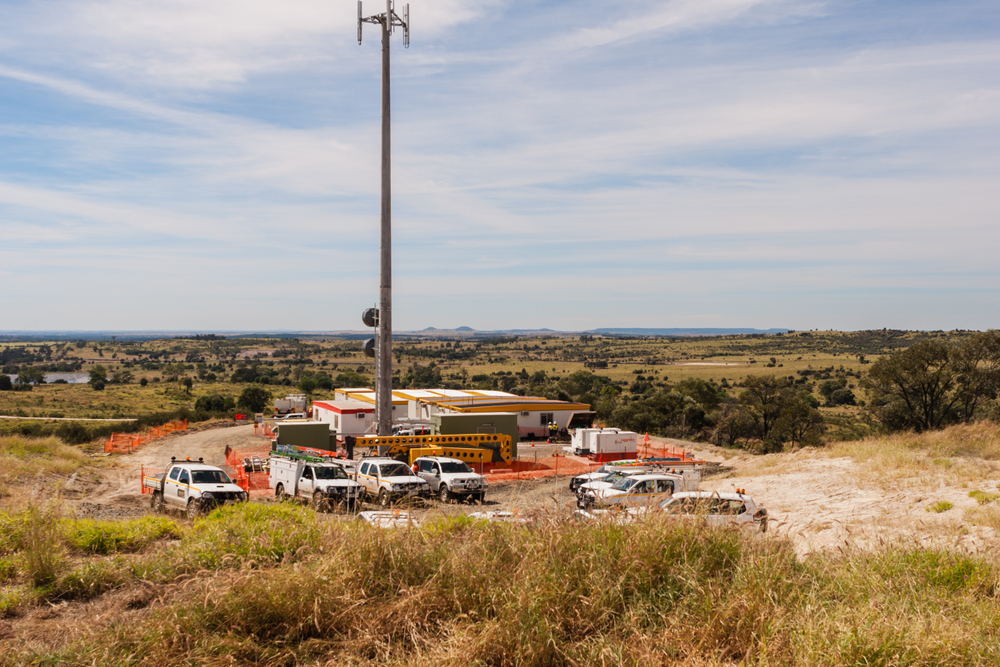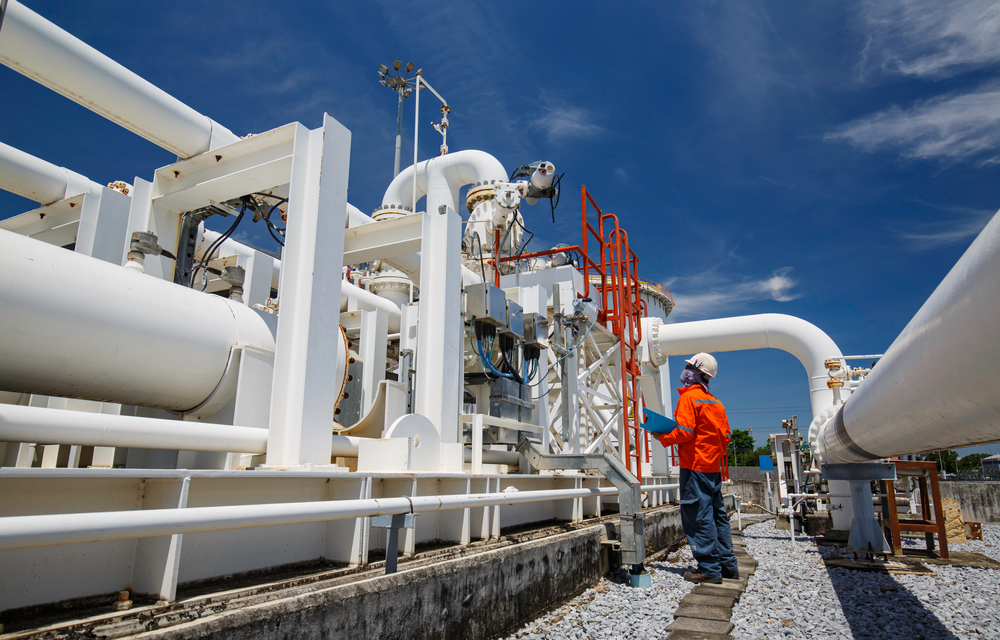
The 2023-24 Queensland Budget reveals the benefits of new gas supply, with a record $2.33 billion of petroleum royalties expected this financial year to help underpin the state’s record-breaking $12 billion surplus.
Furthermore, Budget papers show revenue from the gas sector will reach a total $7.011 billion in the five years to 2026-27 at an average pf $1.4 billion of gas receipts each year.
The Australian Petroleum Production & Exploration Association (APPEA) noted that the Budget recognised the resources sector as “a traditional driver of investment, economic growth and jobs”.
APPEA Chief Executive Samantha McCulloch said: “Seven billion dollars from the Queensland oil and gas industry is helping fund important public services and infrastructure like new hospitals and schools for the state’s growing population.
“It’s important to remember that a decade ago Queensland didn’t have a specific line in its Budget papers for petroleum royalties. Now it’s worth a new public hospital every year.
“This is one of the benefits of new gas supply and the direct return to the Queensland public from the hundreds of billions of dollars of industry investment and stable policy and regulatory settings from the State Government over more than a decade. This year’s Budget, for example, further supports gas exploration to unlock new energy in the Bowen and Galilee basins.
“Queensland’s long-running support of onshore gas development sees it continue to enjoy substantial economic benefits, with the supply chain supporting around 30,000 jobs, millions of dollars being invested in regional communities and billions flowing to the government.”
Ms McCulloch said the future role of gas was shown with the new $85 million commitment to upgrade CS Energy’s Brigalow Hydrogen-ready Gas Peaking Plant, illustrating how gas will back up renewables in electricity generation under the Queensland Energy and Jobs Plan.
“Queensland understands how to extract the economic benefits from gas while charting a path to net zero as gas backs up renewables, replaces coal, supports industry and manufacturing and kickstarts low-carbon hydrogen production,” she said.









